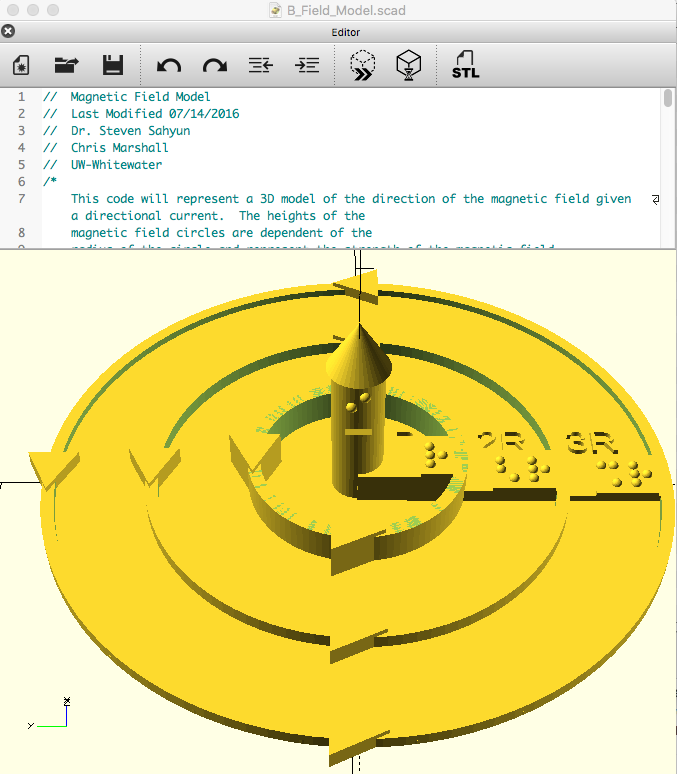

Your typically not using vectors when you inspect an item on a CMM from a blue print unless you have a "reliable" model to use as well. How does the IJK work here? Also how would Profile of a surface but what about just a point on that surface and I have another question for the IJK vs XYZ. The end result of vectoring vs straight line is different on a contoured "non-flat" surface no matter if your talking about a cutting tool or an inspection probe because you not hitting square to the tool/probe so you need to calculate and adjust cutter compensation/ball error. Without it on a CMM you set 2 axis and measure "or fly" in 1 axis. The I,J,K vector further defines how to get there, like flying a plane. X,Y,Z is the nominal "perfect" point in space. What is the benefit of using I,J,K vs the standard X,Y,Z measurements on the CMM machines? Maybe someone else more up to date can chime in. I'm kinda presuming this is independent of the probe centerline. I didn't know you can comp the radius by using the vector. Here's an interesting definition I ran across though, from Geomet: In my time, CMM IJK's were just a convenience to get somewhere on a part where a vertical probe couldn't go. If your question is relative to CMM, I'm afraid my knowledge of that stuff is 20 years out of date. The design engineer may use degrees and fractions of a degree to specify the vector of a hole, for example, but it's up to the CNC programmer (and his software) to translate that to the machine's code of IJK vectors, with foreknowledge of the machine's limitations. If it's for multi-axis CNC vectors there is no IJK "tolerance" applied beyond the machine's limitations. What is the context of the IJK? Is it being used as a machining (CNC) vector or a CMM vector? Or a localized position point? I'm not sure if I understand the question.


 0 kommentar(er)
0 kommentar(er)
